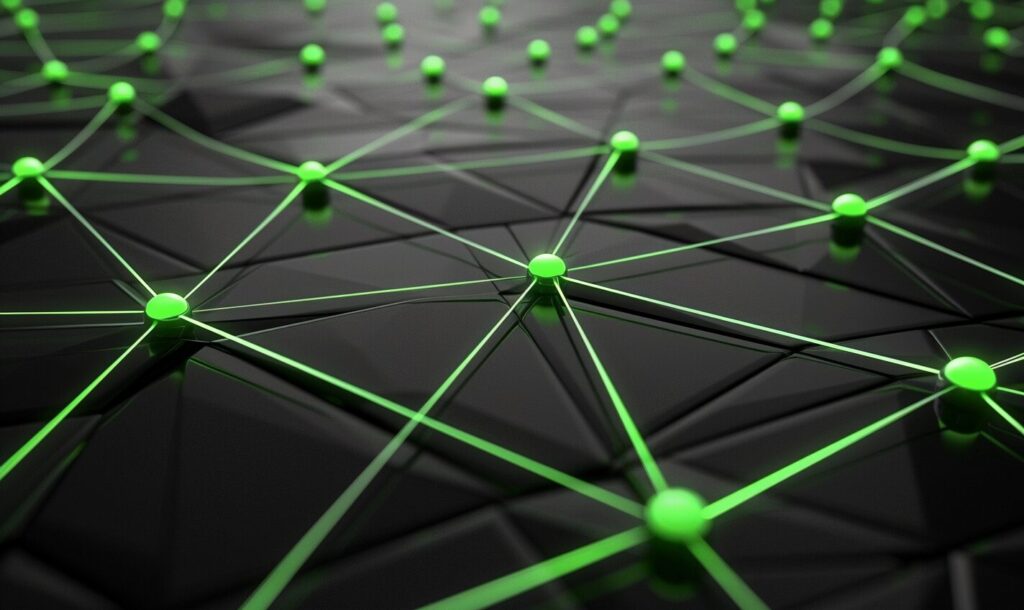Are you finding it harder to keep up with tech industry jargon these days? Sometimes it seems like a brand-new technology concept arises every week. You’ve probably heard of edge computing already, but maybe you haven’t had a reason to dig deeper into what it’s capable of.
You’re forgiven. Between robotics, the Internet of Things, cloud computing, fog computing, automation, big data and every other major technology coming of age today, there’s plenty to wrap your head around.
Let’s dive into edge computing, including some of the most promising edge computing applications and why the concept is picking up so much momentum.
What Is Edge Computing, Exactly?
Edge computing exists in contrast to more “traditional” computing setups. The latter depends on centralized infrastructure and the transmission of significant amounts of data. This data typically flows from industrial equipment, sensors and control devices to servers and enterprise dashboards, and then back again.
“Typical” computing setups, therefore, have large bandwidth requirements and measurable latency in most cases.
The difference in edge computing comes down to where the data is processed. “The edge” refers to the source of the data, be it an automated inspection station, a robotic arm, a smartphone, an automated HVAC system or a smart conveyor belt. Tons of pieces of industrial equipment have data-gathering capabilities today. Edge computing provides a distributed framework where this data gets processed on-device.
Until edge computing, companies with smart infrastructure in factories, distribution centers and other industrial settings had to stream significant quantities of data to remote workstations, servers, offices or third parties. With edge computing, there’s no transmission required because the logic happens right at the source of the data.
What Edge Computing Applications Are in Use Today?
It’s easiest to understand edge computing and its potential using examples. The following edge computing applications are already in use today or are under active development as we speak.
1. Smart Street Lights and Traffic Signals
Smart cities, including smart traffic signals and street lights, are one of the most exciting applications for edge computing.
Many proposals already envision street lights equipped with sensors, IP cameras and micro-controllers. This equipment allows lighting sources to adjust and turn themselves on and off according to activity levels, perform pattern recognition and send captured data to relevant municipal parties to help with civic planning.
2. Industrial and Automated Machines
Heavy industries like manufacturing, distribution, logistics, mining and energy generation are prime targets for edge computing. The Internet of Things refers to the ever-growing network of internet-connected devices in personal and commercial use today. Not every IoT implementation requires vast amounts of data to change “hands,” however.
Industrial machines use edge computing to gather data via sensors and then process it right onboard the machine. This lets the equipment perform self-diagnoses in real-time, with low latency — a key ingredient in proactive and predictive maintenance.
3. Smartphones, Wearables and Mobile Devices
Smartphones, tablets, wearables and other mobile devices are known best for providing access to the internet, but they also double as edge computing devices.
A lot of the logic that happens today with smart assistants happens right on the devices themselves. This is especially notable for privacy-minded companies and consumers. It means personal data about our media preferences, the logic applied to sorting personal photos, and the details about our daily schedules remain private. The data stays at the point of capture.
4. Driverless Cars
Autonomous cars are the inevitable future of transportation. Driverless cars use fuel more efficiently and are generally far safer drivers than human beings. Driverless cars, like those operated by Google’s transportation division, have now clocked millions of miles on public roads.
Reports of traffic incidents involving driverless cars absolutely pale in comparison to the thousands of individuals who die each year from distracted driving alone.
The pathfinding logic within driverless cars wouldn’t be nearly as effective without edge computing, however. Even a delay of 100 milliseconds while transmitting roadway data from a smart car to an outside server could result in calamity.
An estimate from Toyota says that smart cars could generate 10 exabytes of data per month by 2025. Ordinary computing models simply aren’t equipped, bandwidth-wise, for this sheer increase in traffic.
5. Live Events and Major Venues
Edge computing is instrumental in a fairly new concept called edge video orchestration. It’s a powerful tool in optimizing experience curation and efficiently delivering the right video, at the right time, to the right customer.
Major events like the Super Bowl feature hundreds or thousands of individual camera feeds and production trucks, all working to splice together the ideal presentation for each channel and audience segment.
Entertainment companies increasingly rely on edge computing resources to automate the caching and distribution of video clips and live feeds. Think of it like a digital conductor for data streams. Edge servers and hotspots allow lightning-fast processing and transmission of live streams, improving feed quality and reducing bottlenecks caused by more traditional computing models.
The Future of Edge Computing
Edge computing is improving rapidly and the hype cycle has nearly reached a fever pitch. Some estimates say the market for edge computing services and technologies could grow by 37% each year between 2020 and 2027.
As we’ve seen, edge computing applications range from large-scale, industry-specific networking tools to personalized experiences, products and services. Edge computing is a foundation technology for many other that will follow, such as autonomous cars, smart cities and lights-out factories. What other uses will we discover for it?
Recent Stories
Follow Us On
Get the latest tech stories and news in seconds!
Sign up for our newsletter below to receive updates about technology trends














